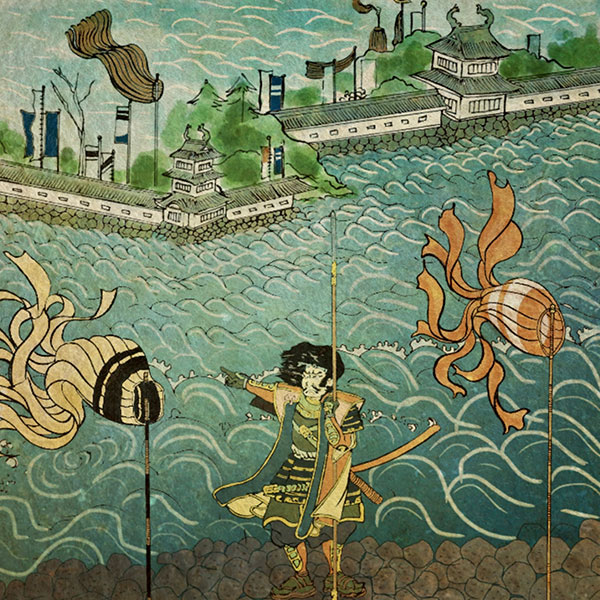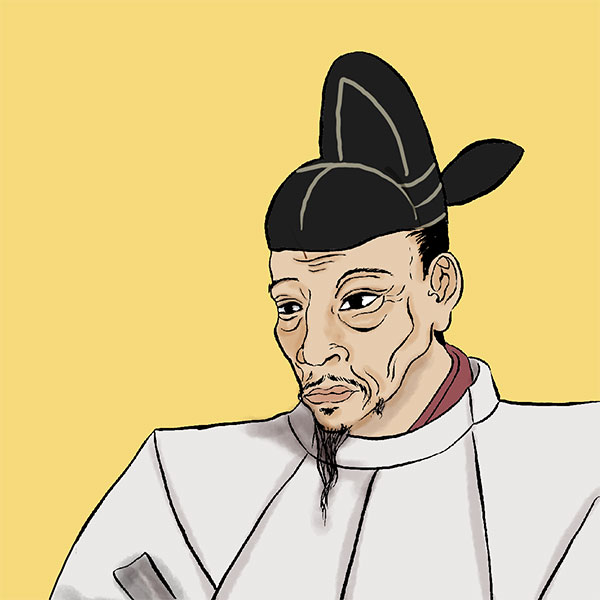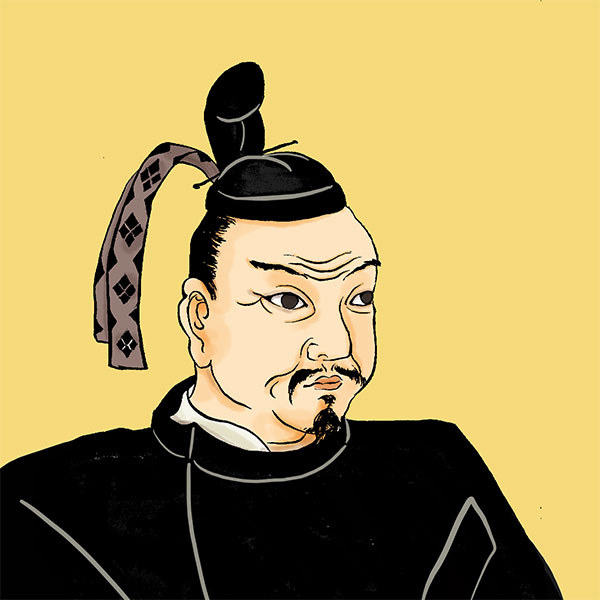Battle of Bitchu Takamatsu Castle (1/2)Kuroda Kanbei's water attack

Battle of Bitchu Takamatsu Castle
- Article category
- case file
- Incident name
- Battle of Bitchu Takamatsu Castle (1582)
- place
- Okayama Prefecture
- Related castles, temples and shrines
- people involved
There are many ways to attack a castle, but the one that Toyotomi Hideyoshi preferred was ``water attack.'' Among them, the Battle of Bitchu Takamatsu Castle that occurred in 1582 was known as Japan's ``Three Major Water Attacks'' and one of Hideyoshi's three major castle attacks. In this battle, in which Hideyoshi fought against the Mori side, Kanbei Kuroda's water attack strategy was successful. Just as they were thinking of making peace on favorable terms, Oda Nobunaga was killed in the Honnoji Incident, and a dramatic turn of events occurred in which they had to make peace without being discovered by the Mori side.This time, we will talk about this battle. Let's take a closer look.
Toyotomi Hideyoshi's invasion of China
The Battle of Bitchu Takamatsu Castle was a battle that took place as part of Toyotomi Hideyoshi's ``attack on China'' ordered by Oda Nobunaga. Although the relationship between Nobunaga and the Mori clan was friendly during the era of Motonari Mori, it deteriorated and became hostile during the era of Terumoto Mori, who succeeded Motonari. One of the major reasons for this was the defection of Ashikaga Yoshiaki, the 15th shogun of the Muromachi shogunate, relying on the Mori clan. Terumoto also participated in the third siege of Nobunaga, and when Ishiyama Honganji raised an army for the third time in the spring of 1576 (the Battle of Tennoji), Terumoto dispatched the Mori navy to provide support with food and supplies. . Defeated the Oda Navy at the First Battle of Kizugawaguchi. Furthermore, in 1577, Terumoto began a full-scale invasion of Harima Province (southwestern Hyogo Prefecture), which was in conflict with Nobunaga.
In response, Nobunaga ordered Hideyoshi to attack China, the stronghold of the Mori clan. Hideyoshi entered Harima Province in October and began fighting against the Mori clan, using Himeji Castle (Himeji City, Hyogo Prefecture) as his base provided by Kanbei Kuroda. He succeeded in pacifying Harima Province and Tajima Province (northern Hyogo Prefecture). However, Murashige Araki, who was also on Nobunaga's side, started a rebellion, and furthermore, Nagaharu Bessho of Higashiharima betrayed Nobunaga, and Hideyoshi was beset by hardships.
Hideyoshi subjugated the Bessho clan in the Battle of Miki, which attacked Miki Castle (Miki City, Hyogo Prefecture) and was known as ``Hideyoshi's Attack on the Three Great Castles.'' Afterwards, he subjugated the Mori clan's Tsuneie Yoshikawa in the siege of Tottori Castle, which was known as the ``Thirsty Murder at Tottori Castle,'' and expanded his influence in China.
Leading a large army of 20,000 to Bizen
Toyotomi Hideyoshi's next targets were Bizen (southeast of Okayama Prefecture) and Bitchu (western Okayama Prefecture). On March 15, 1582, Hideyoshi departed from Himeji Castle for Bizen with a large army of 20,000 men. The castles of the Mouri side will be taken down one after another. At the same time, he conducted negotiations with the Mouri Navy and attracted the Kurushima clan of Iyo to his side. By the way, in Bizen, Ukita Naoie, who was originally under the Mori clan, defected to Hideyoshi and joined Hideyoshi's army with 10,000 troops in mid-April.
On the other hand, the Mori forces established a defense line running from north to south near the border between Bicchu and Bizen, which they had power over, and took up a strategy to intercept Hideyoshi. The seven castles protected by the Bicchu powerful clans who are allies of the Mori clan are Miyajiyama Castle, Kannayama Castle, Bitchu Takamatsu Castle, Kamo Castle, Hibata Castle, Niwase Castle, and Matsushima Castle. The core of this castle was Bitchu Takamatsu Castle. Hideyoshi's army aimed to capture this Bitchu Takamatsu Castle.
Hideyoshi's army captured the seven castles in the border one after another, including Kanzan Castle and Miyajiyama Castle. Finally, they captured all but Niwase Castle, and on April 15th, they besieged Bitchu Takamatsu Castle with a large army of approximately 30,000 soldiers. This is the beginning of the Battle of Bitchu Takamatsu Castle.
Battle of Bitchu Takamatsu Castle ① “Water attack” to attack the strong Numa Castle!
Bitchu Takamatsu Castle was a ``swamp castle'' surrounded by a deep moat and marshes and streams. The castle has deep swamps on three sides and a deep water moat on one side, making it extremely well-defended. It was an impregnable stronghold in the surrounding low-swampy areas, making it difficult to deploy a large army, making it difficult to use guns, and making it difficult for horses to advance. The lord of Bitchu Takamatsu Castle is Muneharu Shimizu. He was a loyal military commander who served the Mori clan as a subordinate of Takakage Kobayakawa. It is said that even when Toyotomi Hideyoshi advised him to surrender, he stubbornly refused.
When Hideyoshi besieged Bitchu Takamatsu Castle, Muneharu and about 5,000 soldiers were barricaded inside. Initially, Hideyoshi attempted to attack the castle twice by force, but his attacks failed due to resistance from the Mori soldiers, who had high morale. Hideyoshi's army was plagued by the mud and mud that was unique to the low-lying wetlands, and was unable to move as they wished.
With the battle at a stalemate, Terumoto Mori, along with Motoharu Yoshikawa and Takakage Kobayakawa, led a reinforcement force of 40,000 (*there are various theories) and headed to Bitchu Takamatsu Castle to rescue the enemy. Once these reinforcements arrived, Hideyoshi's military superiority would be overturned. Hideyoshi's army had to capture Bitchu Takamatsu Castle as soon as possible. Hideyoshi was in such a troubled situation that the famous tactician Kanbei Kuroda suggested ``water attack.''
Battle of Bitchu Takamatsu Castle ② Preparing for a water attack at a rapid pace
Why did Kuroda Kanbei propose waterboarding to Toyotomi Hideyoshi? Kanbei focused on the Ashimori River, which flows near Bitchu Takamatsu Castle. The time of the battle is the rainy season, and the river water is likely to rise due to the rain. He planned to build an embankment around the castle and flood it with water from the Ashimori River, isolating Bitchu Takamatsu Castle and causing it to suffer. It was a strategy that turned the low marshlands, which had caused difficulties during the march, into an ally.
Upon hearing Kanbei's proposal, Hideyoshi immediately decided to attack by water and began building an embankment for the attack. In order to quickly complete the embankment before Mori reinforcements arrived, Kanbei devised a clever plan. One sandbag was exchanged for one sho of rice or 100 mon of coins. The reward was very high at the time, and it is said that the farmers went ahead and made sandbags, and as a result, approximately 6.35 million sandbags were collected.
The sandbags thus collected were piled on stakes driven into the ground. The construction work was successfully completed in a short period of 12 days. According to excavations and research, the completed embankment was large-scale, with a total length of about 3 km from Frogahana to the east of the Ashimori River, and a maximum height of about 7 m.
Next, Kanbei dammed up the water by loading boats with stones and sinking them one after another into the Ashimori River. In this way, preparations for water attack are completed. As it was a rainy season, the river rose rapidly, and the water flowed into the embankment and into Bitchu Takamatsu Castle, making the water attack a success.
Battle of Bitchu Takamatsu Castle ③ Bitchu Takamatsu Castle isolated by water attack
The damage caused by the water attacks was extensive. The water washed away the reserves in Bitchu Takamatsu Castle, and the castle suffered from a food shortage. Additionally, buildings are flooded and soldiers are left struggling to find a place to sleep. According to excavations and research, the Ninomaru and Honmaru managed to avoid flooding at this time, but the Sannomaru was flooded below the floorboards, and part of the house was flooded up to the floor level. In this way, Bitchu Takamatsu Castle became like an isolated island stranded in the water.
The article on the Battle of Bitchu Takamatsu Castle continues.
- people involved

- WriterNaoko Kurimoto(Writer)I am a former travel industry magazine reporter. I have loved history, both Japanese and world history, since I was a child. I usually enjoy visiting temples and shrines, especially shrines, and often do ``pilgrimages to sacred places'' themed around historical figures. My favorite military commander is Ishida Mitsunari, my favorite castle is Kumamoto Castle, and my favorite castle ruins is Hagi Castle. My heart flutters when I see the ruins of battle castles and the stone walls of castle ruins.




